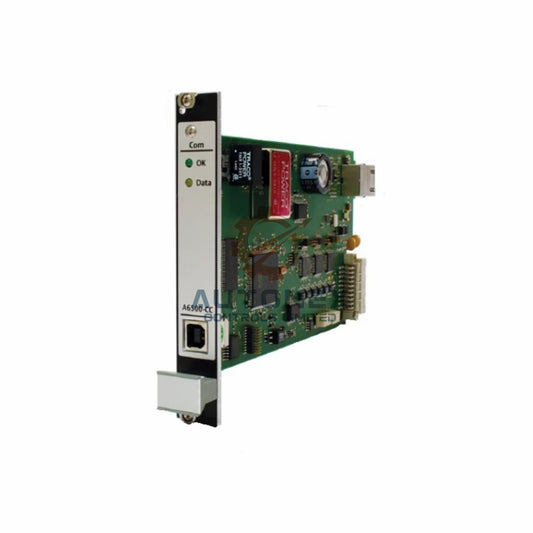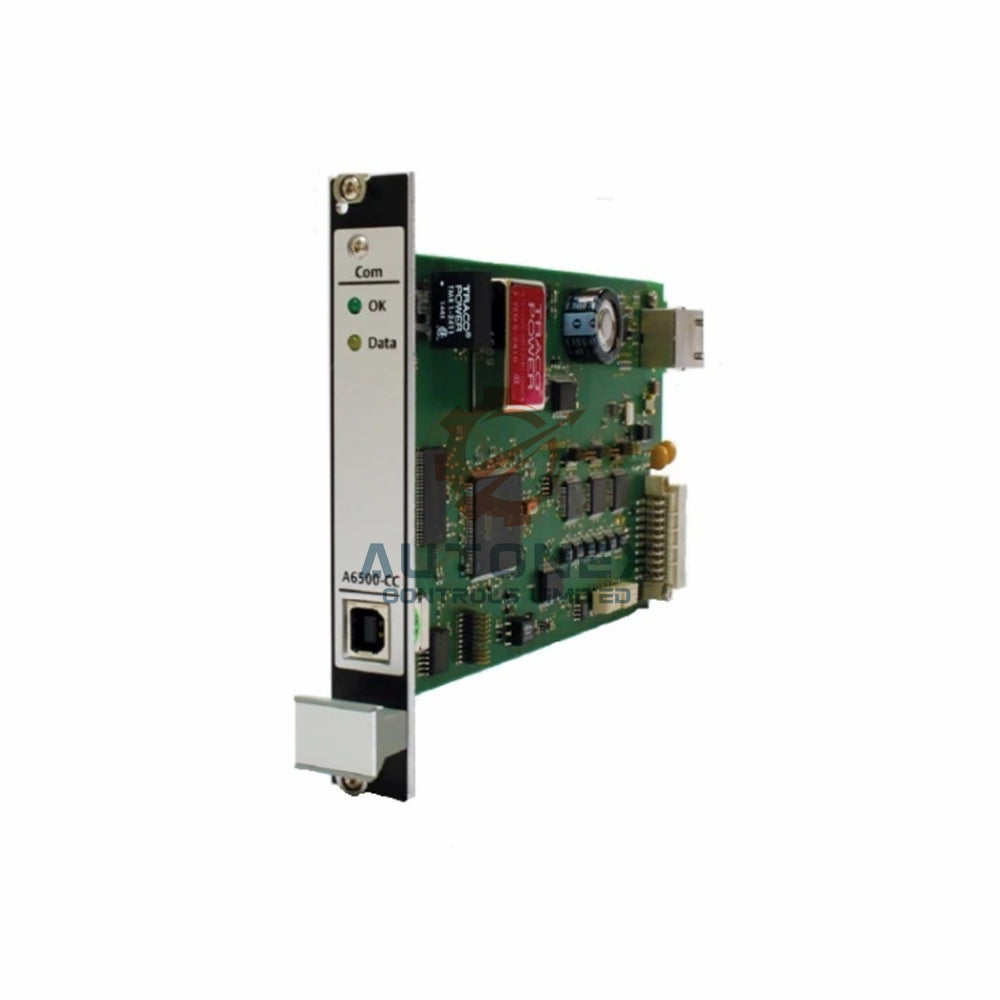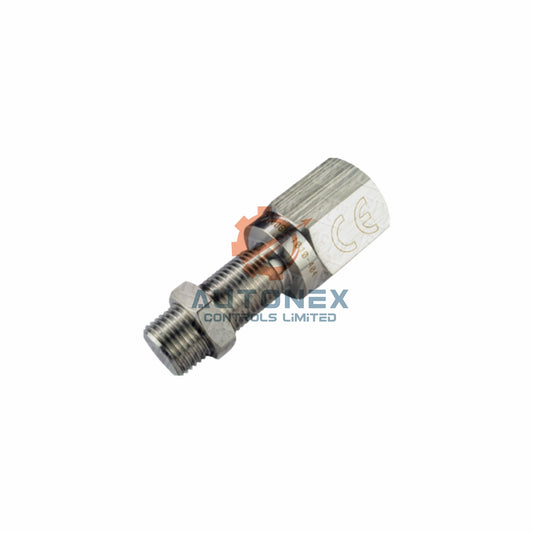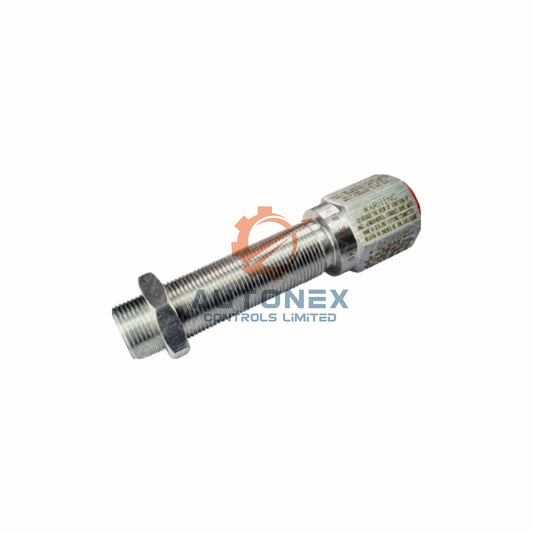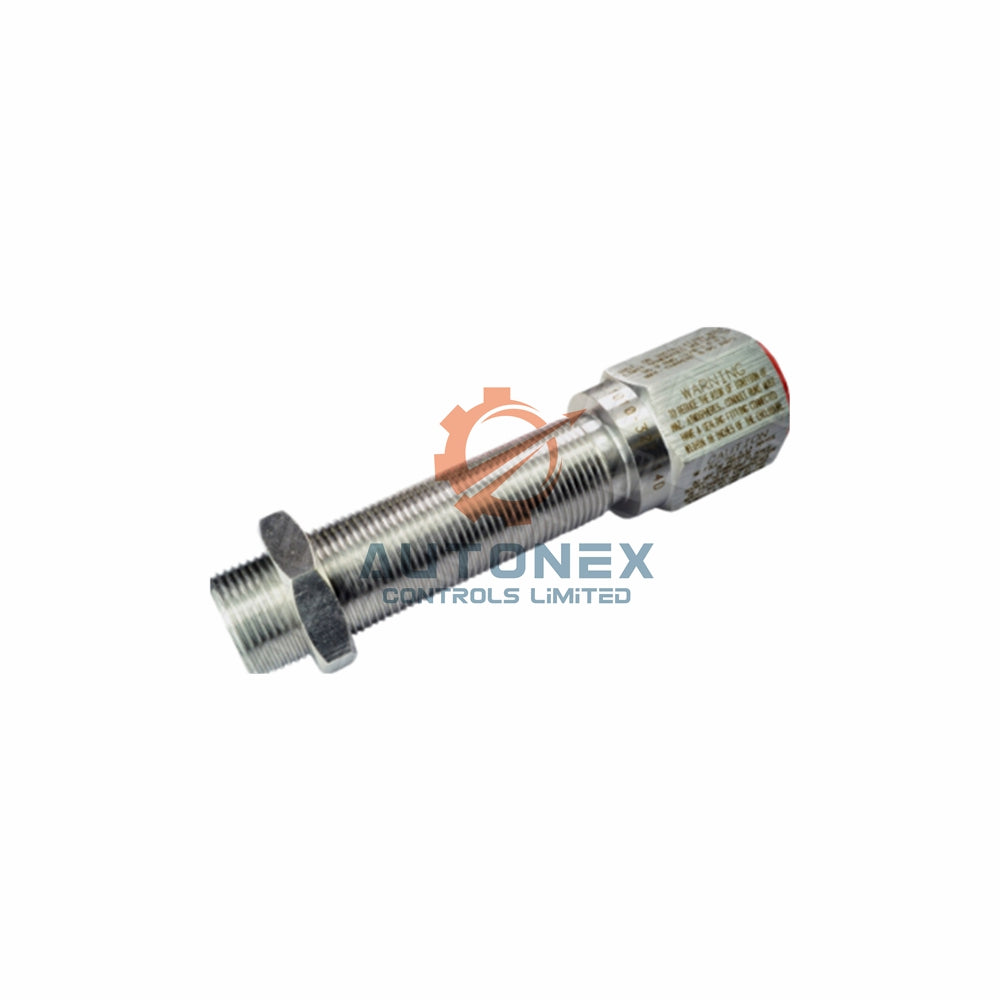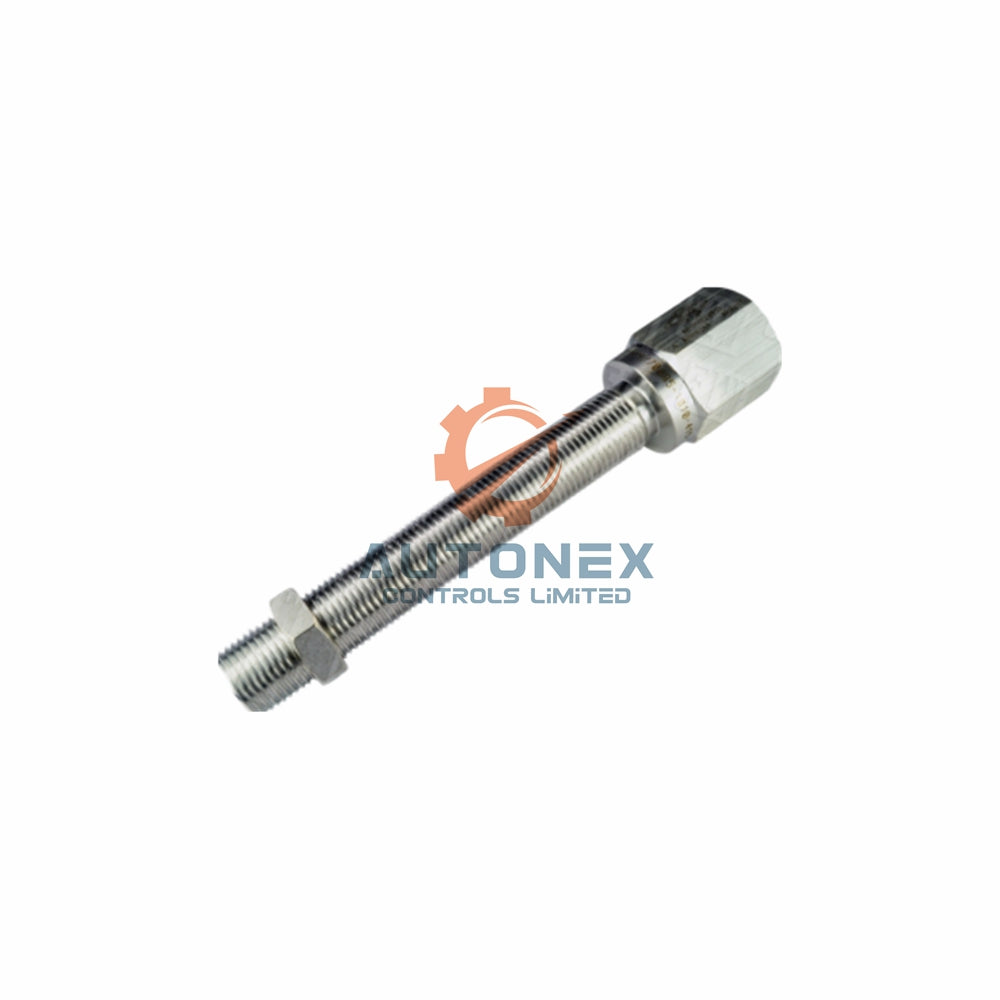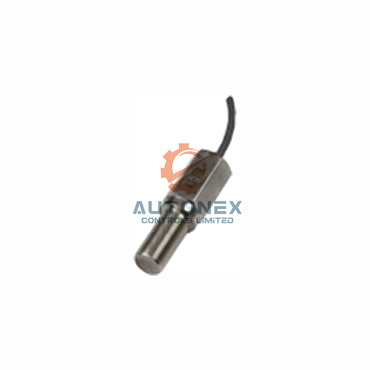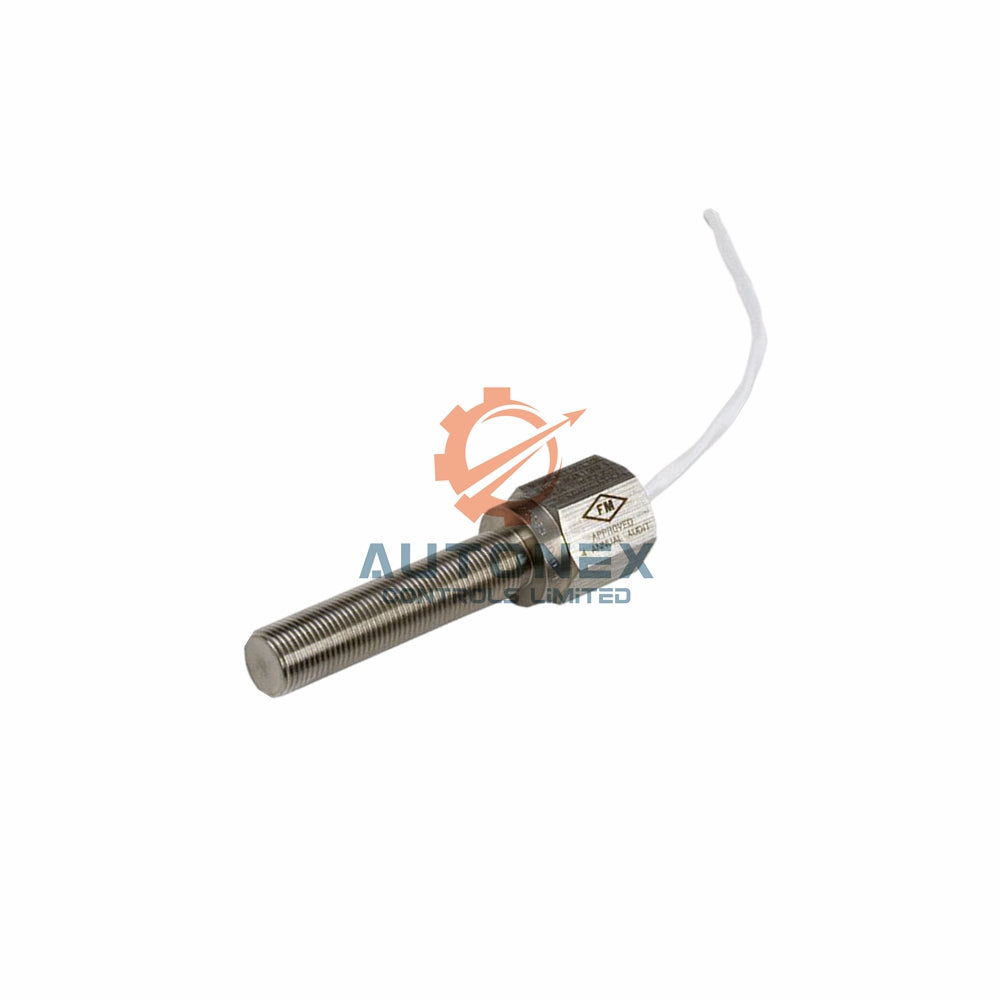Legacy PLC Lifespan: How Long Can Your Industrial Control Systems Last?
Understanding Legacy PLC Status
Legacy PLCs represent more than just aging equipment. These systems progress through distinct lifecycle phases. Manufacturers typically begin with active production and full support. However, they eventually transition to mature support with limited parts availability. Ultimately, manufacturers declare end-of-life status. Finally, systems become obsolete, relying solely on secondary markets.
Common Legacy Systems in Operation
Many facilities still operate several legacy PLC families. Allen-Bradley SLC 500 platforms often remain in service. Similarly, Siemens S5 controllers continue operating in various applications. GE 90-30 systems and Mitsubishi A-Series units also demonstrate remarkable longevity across industries.
Why Companies Maintain Older Control Systems
Multiple factors explain why plants continue using legacy PLCs. These systems originally featured robust construction for harsh environments. Moreover, migration expenses can reach seven figures for complex operations. Compatibility concerns also present significant hurdles. Newer controllers may not communicate with existing HMIs or networks without additional hardware. Furthermore, operational teams possess deep system knowledge. They understand specific ladder logic and maintenance procedures.

Potential Risks of Outdated Control Systems
Continuing with legacy equipment introduces several concerns. Component scarcity becomes increasingly problematic. Discontinued modules require extensive searching and costly purchases. Additionally, unexpected downtime creates substantial financial impacts. A five-day production halt could cost over $1 million for some operations. Cybersecurity vulnerabilities also emerge with unsupported systems. Finally, fewer technicians maintain proficiency with older programming environments.
Determining Realistic System Lifespan
Several factors influence how long legacy PLCs remain viable. Operating environment significantly affects equipment longevity. Systems in clean, climate-controlled areas outperform those in harsh conditions. Application criticality also determines risk tolerance. Non-essential equipment may justify extended operation. Moreover, spare parts inventory directly impacts sustainability. Comprehensive spares allow for longer system lifespans.
Strategic Decision Framework: Repair or Replace?
Organizations should evaluate each situation individually. Repair often makes sense for non-critical applications. This approach works particularly well when warranty-backed services remain available. Additionally, reasonable spare parts costs support repair decisions. However, replacement becomes necessary under different circumstances. Repeated system failures typically justify modernization. Mission-critical applications also demand reliable, supported hardware.
Practical Migration Planning Steps
Begin with comprehensive system documentation. Record all controller models and ages. Note firmware versions and support status. Document available spare parts and their conditions. Next, assess operational criticality for each system. Identify single points of failure immediately. Then, monitor failure patterns and repair histories. Track mean time between failures consistently. Finally, establish clear replacement triggers and timelines.
Real-World Application Scenario
A major food processing facility faced recurring PLC failures. Their GE 90-30 system caused multiple batch losses annually. The company implemented a phased migration strategy. They started with the most critical production lines. New PACSystems RX3i controllers improved reliability significantly. Moreover, modern networking capabilities enhanced data collection. The operation reduced downtime by 45% in the first year.
Expert Recommendations for System Modernization
From my professional experience, proactive planning proves essential. Don't wait for catastrophic failure to force migration. Instead, develop a strategic roadmap for control system upgrades. Consider implementing gateway devices as interim solutions. These products bridge communication between legacy and modern networks. Additionally, maintain comprehensive program documentation. Current backups with comments become invaluable during migration.
Future-Proofing Your Automation Investment
Modern control systems offer substantial advantages beyond reliability. Contemporary PLCs provide enhanced data capabilities. They integrate more effectively with manufacturing execution systems. Furthermore, they support improved cybersecurity protocols. While migration requires significant investment, the long-term benefits typically justify the expense. Companies gain operational flexibility and reduced maintenance costs.

Frequently Asked Questions
What defines a legacy PLC system?
Legacy status begins when manufacturers cease active production and limit support. These systems typically operate beyond their intended service life.
How long can legacy PLCs typically remain operational?
Well-maintained systems often operate 10-20 years beyond official support termination. However, maintenance costs and failure risks increase substantially over time.
What are the primary risks of continuing with legacy equipment?
Component scarcity, rising maintenance costs, cybersecurity vulnerabilities, and technical expertise gaps represent the most significant concerns.
When should companies prioritize system replacement?
Replacement becomes urgent when facing repeated failures, unavailable spare parts, or mission-critical applications requiring maximum reliability.
What initial steps should organizations take for migration planning?
Begin with comprehensive system documentation and criticality assessment. Then develop a phased migration strategy aligned with operational schedules and budget cycles.
Check below popular items for more information in Autonexcontrol
| IC693CPU340 | IC693CPU352 | IC693CPU367 |
|---|---|---|
| IC693CPU341 | IC693CPU360 | IC693CPU370 |
| IC693CPU350 | IC693CPU363 | IC693CPU372 |
| IC693CPU351 | IC693CPU364 | IC693CPU374 |
| IC693ALG220 | IC693CPU366 | DI830 |
| DI831 | DI840 | DI880 |


